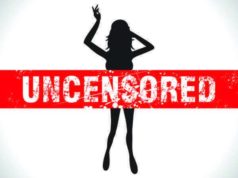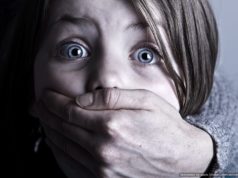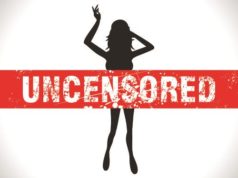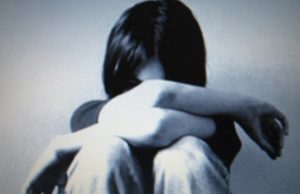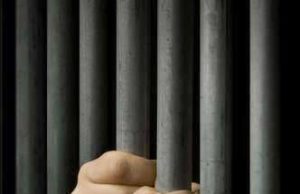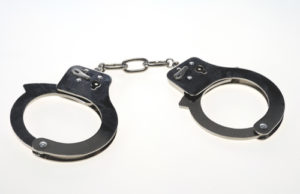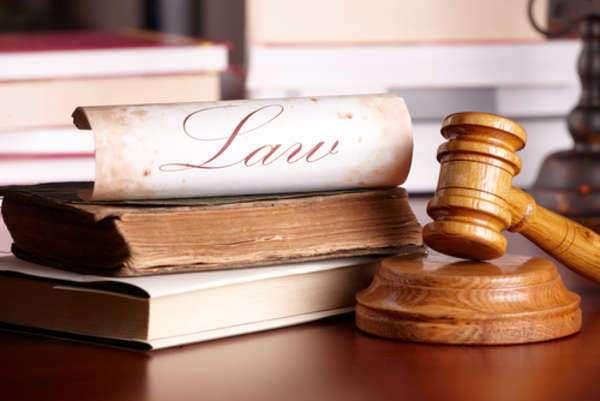
Protecting Our Future: Child Pornography Laws and their Crucial Role in Ensuring Child Safety
Introduction
Child pornography is a dark and distressing issue that continues to plague society, exploiting the innocence of children and leaving a long-lasting scar on their lives. To combat this heinous crime and protect our children, lawmakers worldwide have enacted stringent child pornography laws. These laws are essential in safeguarding children and ensuring their well-being. This article explores the significance of child pornography laws, their evolution, and their role in keeping children safe.
Understanding Child Pornography
Child pornography is the production, distribution, or possession of explicit images or videos involving minors engaged in sexual activities. These images can range from explicit photographs to videos, and their creation and circulation are a grave violation of a child’s rights and privacy.
1. The Evolution of Child Pornography Laws
Child pornography laws have evolved significantly over the years in response to changing societal norms and technological advancements. Historically, child pornography was not addressed adequately by legal systems, leading to insufficient protection for children. However, as awareness grew and the internet emerged as a platform for exploitation, governments worldwide recognized the need for comprehensive legislation.
A. Early Efforts
The initial efforts to combat child pornography primarily focused on punishing the producers and distributors of explicit material. These early laws laid the foundation for addressing child exploitation but often did not consider the plight of the victims themselves.
B. The Impact of Technological Advancements
With the rise of the internet, child pornography took on a new dimension. The ease of sharing and accessing explicit content online led to a surge in cases. Lawmakers had to adapt quickly to confront this challenge. Consequently, child pornography laws began to encompass not only the producers and distributors but also those who possessed and viewed such material.
C. International Collaboration
Child pornography is a global problem, and international cooperation became essential to combat its proliferation. The United Nations, along with various regional organizations, introduced conventions and treaties to facilitate cross-border efforts against child exploitation. One notable example is the Optional Protocol to the Convention on the Rights of the Child on the Sale of Children, Child Prostitution, and Child Pornography, adopted in 2000.
2. Key Components of Child Pornography Laws
Child pornography laws typically include several crucial components to address the multifaceted nature of the problem.
A. Age of Consent
One fundamental aspect is defining the age of consent. Laws clearly state that explicit material involving minors below a certain age is illegal. This age varies by jurisdiction but is typically set at 18 years old.
B. Production and Distribution
Child pornography laws target not only the creators of explicit content but also those who distribute or share it. This discourages the creation of such material in the first place and curbs its circulation.
C. Possession
Possessing child pornography is a crime in many jurisdictions. This provision is essential in preventing individuals from stockpiling explicit content involving minors.
D. Online Safety Measures
To combat the online dissemination of child pornography, many countries have enacted laws that require internet service providers (ISPs) and platforms to report and remove such content promptly.
3. The Role of Child Pornography Laws in Child Safety
Child pornography laws play a pivotal role in ensuring the safety and protection of children. Here are some ways in which they contribute to this crucial goal:
A. Deterrence
Child pornography laws act as a deterrent, discouraging individuals from engaging in the production, distribution, or possession of explicit material involving minors. The threat of severe legal consequences dissuades potential offenders.
B. Victim Support
Modern child pornography laws recognize that the victims of these crimes are often scarred for life. They provide support mechanisms such as counseling, therapy, and compensation to help survivors recover and rebuild their lives.
C. Educational Initiatives
Many countries have introduced educational programs to raise awareness about child pornography and its consequences. These initiatives inform parents, children, and communities about the dangers and signs of exploitation.
D. International Collaboration
Child pornography is a transnational issue, and effective measures require international cooperation. Child pornography laws facilitate collaboration between countries in tracking and prosecuting offenders.
E. Technological Advances
As technology continues to evolve, child pornography laws adapt to address emerging challenges. For example, some laws now encompass deepfake technology and virtual exploitation to stay ahead of offenders.
4. Challenges in Enforcing Child Pornography Laws
While child pornography laws are vital for child safety, they are not without challenges:
A. Jurisdictional Issues
The global nature of the internet makes it challenging to enforce child pornography laws effectively. Offenders can easily move content across borders, exploiting legal gaps.
B. Technological Complexity
Advancements in technology, such as encryption and anonymization tools, make it difficult to trace and prosecute offenders online.
C. Stigmatization of Victims
Despite efforts to protect victims, survivors of child pornography may still face stigma and discrimination, hindering their recovery.
D. Resources and Funding
Enforcing child pornography laws requires substantial resources, including trained personnel, technology, and legal infrastructure. Many countries struggle to allocate sufficient funding for this purpose.
Conclusion
Child pornography laws are indispensable in protecting children from exploitation and abuse. They have evolved over the years to address the challenges posed by changing societal norms and technological advancements. These laws play a pivotal role in deterring offenders, supporting victims, and raising awareness about the issue. However, enforcing child pornography laws remains a complex and ongoing challenge that requires international cooperation, technological adaptation, and continued advocacy for child safety. As we look towards the future, it is essential to remain vigilant in our efforts to protect the most vulnerable members of our society – our children.
Prostitution is illegal in all jurisdictions in the United States with the exception of a few counties in Nevada where the commercial sex trade is legal. There are federal, state, and local laws that regulate prostitution activities based on the confined rules of jurisdiction.
Federal prostitution laws apply when prostitution involves a non-citizen alien or crosses international or state boundaries. Under Federal law, the importation of people for the purposes of prostitution is illegal and considered a form of human trafficking prohibited by federal code and the 13th Amendment of US Constitution.
Any instances of prostitution on federal property, such as a military base, also fall within the jurisdiction of the federal government, including overseas military bases. Anyone who takes a prostitute across state lines to in illegal prostitution will be subject to federal prostitution charges. Anyone with a history of prostitution on their criminal record will be denied employment in the federal government.
At the state level, rural states tend to have the strictest prostitution laws, whereas urban states tend to have more lenient prostitution laws. This generalization regarding state prostitution laws apply only to laws pertaining to the punishment of prostitutes and solicitors of prostitution, colloquially known as Johns.
Many states have higher penalties and sentences for repeat offenders of prostitution and soliciting prostitution. The most serious prostitution laws are reserved for pimps. Human traffickers who import people for the purpose of prostitution labor will be brought on federal charges.
Nevada
Local jurisdictions such as counties and municipalities can add ordinances onto to existing statutes (state laws), depending on the nature of the states’ own constitutions). Prostitution laws in the State of Nevada gave each county the liberty to decide on the legality of prostitution within the sovereign boundaries of their county. Currently in the state of Nevada, there are 9 out of 17 counties that have legalized prostitution with strict regulations.
The governments of these counties charge large fees to brothel owners. They also stipulate that prostitutes in the legal brothels must be tested for sexually transmitted infection frequently. Unprotected sex is illegal in these brothels as well. Some Nevada county government left the question of prostitution up to the municipalities. In Clark County, whose largest city is Las Vegas, prostitution laws kept prostitution illegal within its borders. Prostitution outside of brothels is still illegal statewide but is considered a misdemeanor.








